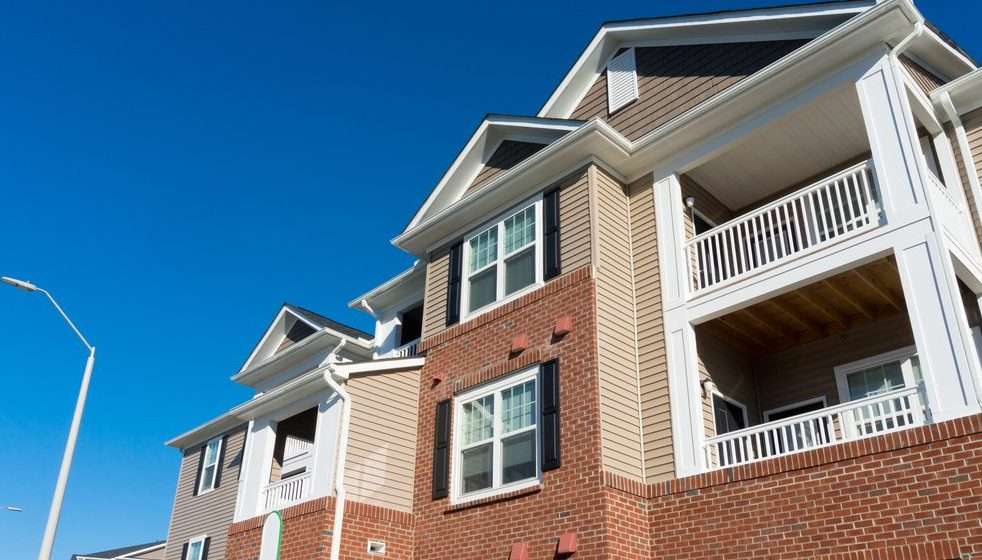
A common question we receive from our investors is what do properties marketed as Class A, Class B, and Class C mean, and why does it matter? To begin, investors, lenders, and brokers have developed property classifications to make it easier to communicate amongst themselves about the quality and rating of a property quickly. For investors, property class is an important factor to consider because each class represents a different level of risk and return. Investors can use these differences about property class types to consider how each property fits within their strategy of investing, such as return objectives and the amount of risk they are willing to accept in order to achieve those returns.
Each property classification reflects a different risk and return because the properties are graded according to a combination of geographical and physical characteristics. These letter grades are assigned to properties after considering a combination of factors such as the age of the property, location of the property, tenant income levels, growth prospects, appreciation, amenities, and rental income. There is no precise formula by which properties are placed into classes, but here is a breakdown of the most common classes, A, B, and C:
Class A
These properties represent the highest quality buildings in their market and area. They are generally newer properties built within the last 15 years with top amenities, high-income earning tenants, and low vacancy rates. Class A buildings are well-located in the market and are typically professionally managed. Additionally, they typically demand the highest rent with little or no deferred maintenance issues.
Class B
These properties are one step down from Class A and are generally older, tend to have lower-income tenants, and may or may not be professionally managed. Rental income is typically lower than Class A, and there may be some deferred maintenance issues. Mostly, these buildings are well-maintained and many investors see these as “value-add” investment opportunities because the properties can be upgraded to Class B+ or Class A through renovations and improvements to common areas. Buyers are generally able to acquire these properties at a higher CAP Rate than a comparable Class A property because these properties are viewed as riskier than Class A.Class C
Class C properties are typically more than 20 years old and located in less than desirable locations. These properties are generally in need of renovation, such as updating the building infrastructure to bring it up-to-date. As a result, Class C buildings tend to have the lowest rental rates in a market with other Class A or Class B properties. Some Class C properties need significant reposting to get to steady cash flows for investors.What does this mean for investors?
It is important for investors to understand that each class of property represents a different level of risk and reward. Class A provides investors with more security by knowing that they are investing in top-tier properties, with little or no outstanding issues requiring further capital expenditures. However, despite better property conditions, Class A can be sensitive in times of a recession if high-income earners suffer from increased unemployment.
Class B and C properties tend to be bought and sold at higher CAP rates than Class A, as investors are paid for taking on the additional risk of an investment in an older property with lower-income tenants, or a property in a lower-income neighborhood.The property class investors choose can have a great deal of influence on the stability of an investment over time, as well as its growth appreciation. For investors looking for capital preservation, Class A may be the right investment. For investors looking for capital appreciation, Class B and C may be better investments for that specific risk profile.
No comments:
Post a Comment